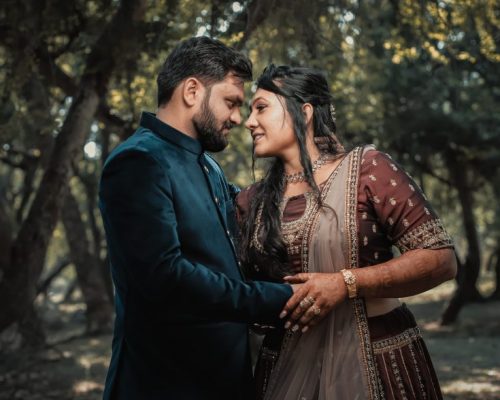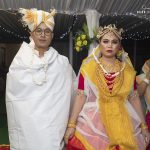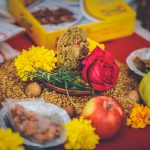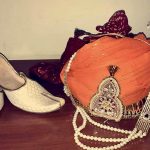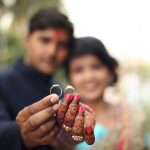India is home to a rich culture, traditions, and rituals of several ethnolinguistic and religious groups. One of these religious groups is the Lingayat community. This community is a follower of Lord Shiva and is very influential in South India, particularly in Karnataka state. With any Indian community, any wedding celebrations are full of colour and vibrancy. Learn about Lingayat marriage customs from engagement to wedding reception.
Lingayat Pre-Wedding Traditions
Lingayat is a Hindu community in the southern parts of India, with a large concentration in the state of Karnataka. It was established by Basavanna, an Indian statesman, poet, and philosopher, in the 12th century and they are worshippers of Lord Shiva. Lingayat marriage rituals are traditional, simple, and meaningful and the wedding ceremony goes on for four days. As with Indian weddings, many parents arrange marriages after horoscope matching. In this case, priests pick auspicious days for the wedding and its ceremonies so that the couple will have a happy and filling life together. At the same time, friends and family relatives get time to bond and make new memories.
Nischaya Tamulam/Nishchay Tamulam:
The first step for a Vishwa Lingayat marriage is the traditional engagement ceremony. To begin with, the bride’s side gives a wedding dhoti and sweets to the groom while the groom’s side gives sweets, coconuts, betel leaves & nuts and a traditional silk saree decorated in a tamulam (a plate) to the bride. The wedding date gets fixed and it is the official acceptance of the marriage alliance.
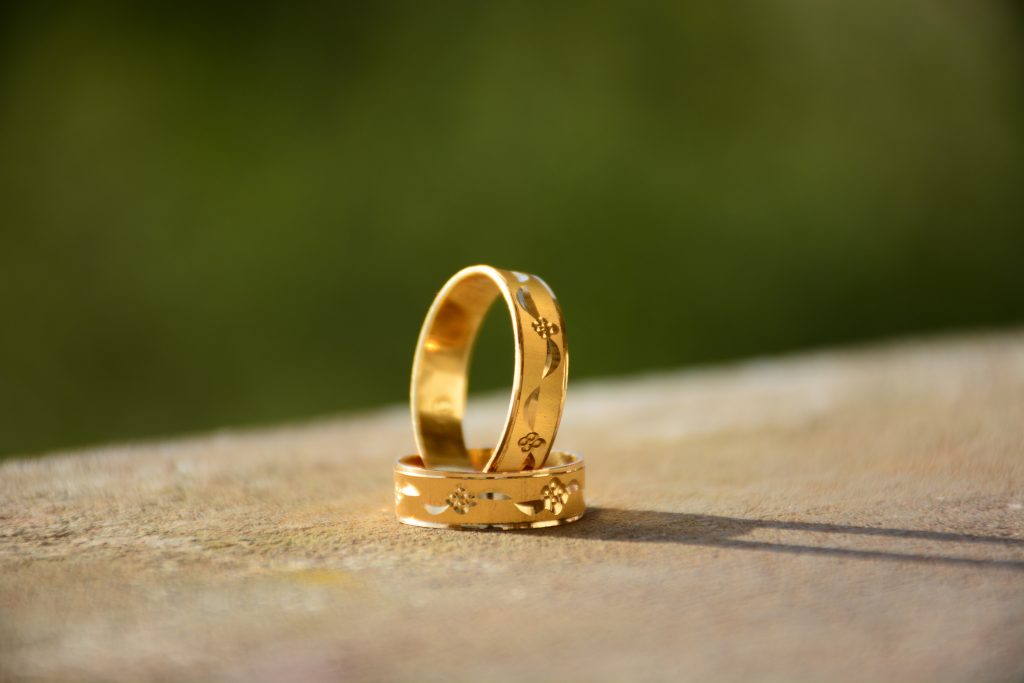
Nandi Pooja:
This ceremony is for seeking the blessings of Lord Shiva for a successful and happy marriage. One pours holy water into a kalash, a traditional copper/mud/brass pot. Leaves of the mango tree protrude like flower petals on the mouth of the kalash. The kalash’s mouth has coconut on it with the tail facing upward. The neck of the pot or the coconut has a white or red thread around it. This indicates the beginning of the marriage celebrations. The kalash symbolizes a pot of nectar of life to bless the couple. This ritual seeks a blessed married life full of wealth, health, and longevity. With the wedding cards presented to Lord Shiva, people believe that this will help invite the lord’s presence at the wedding. In this case, the lord removes all hurdles during the wedding and in their marital life.
Kashi Yatra:
The Kashi Yatra is a time for the couple’s relatives and friends to have fun. In this ritual, the groom does role-play and pretends that a suitable bride has not been found. To demonstrate this point, he will make a pilgrimage to Kashi, the ancient name of the city of Varanasi or Benares. The groom convinces himself to stay after seeing a photograph of the bride. This ceremony includes many jokes and guests feast on traditional South Indian food.
Dev Karya:
In this ceremony, one places everything needed for the wedding ceremony in front of an idol of Lord Ganesha for blessing. Then relatives apply Haldi to the couple.
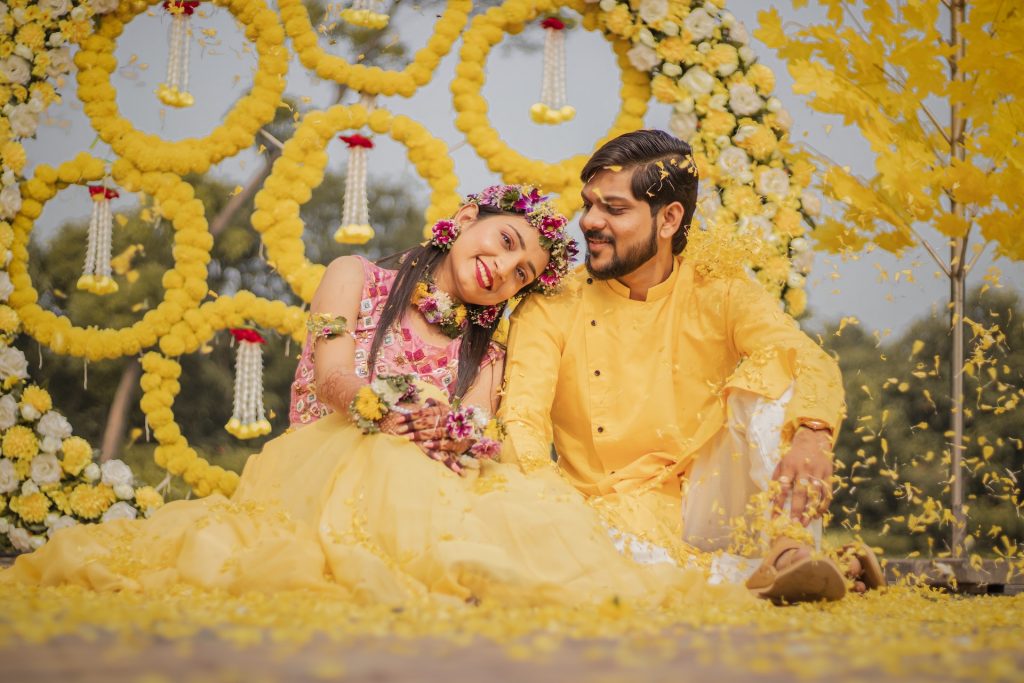
Lingayat Wedding Traditions
Mandap Pooja:
To kick off the actual marriage ceremony, this pooja cleanses the mandap with a priest presiding over it. The area becomes pious and pure for the Lingayat caste marriage ceremony.
Var Pooja:
For this custom, the bride’s father washes the groom’s feet, applies tilak and does arti. The groom receives clothes which he will wear for the wedding ceremony.
Garland Ceremony:
The bride is escorted by her uncle to the mandap where the groom waits. There is a white cloth in between the bride and groom and the priest chants the holy mantras. When the cloth is removed, the bride and the groom exchange the garlands.
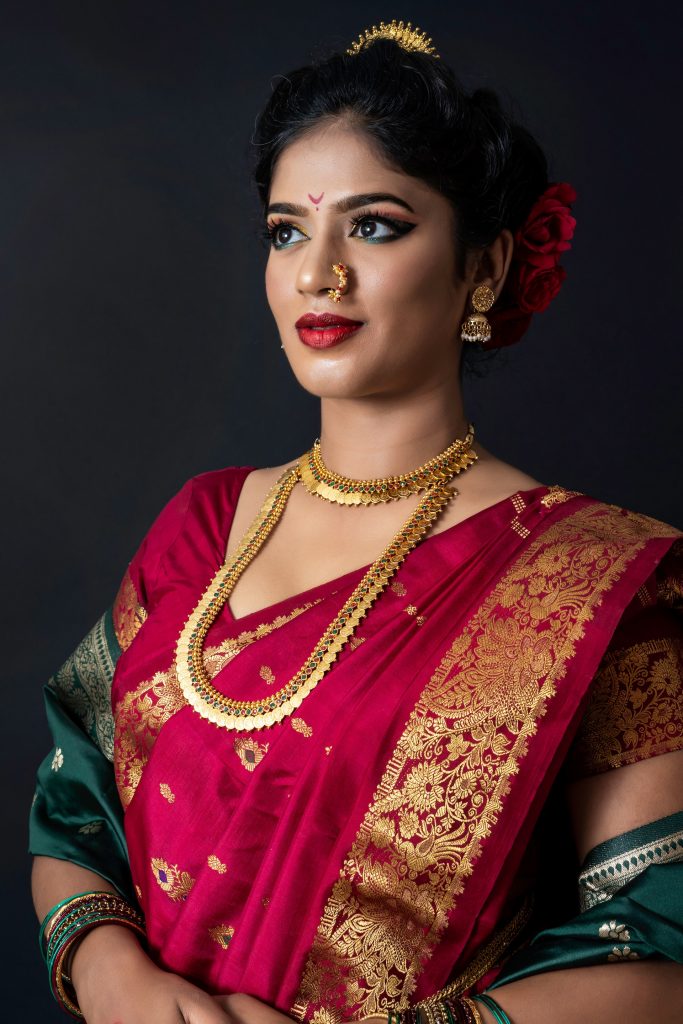
Dhara Hardu:
This is the Kanyadan ceremony of the Lingayat community marriage. The bride’s father put his daughter’s right hand in the groom’s right hand. Afterwards, the bride’s father places coconut and betel leaves. This signifies that the groom accepts responsibility for the bride. The bride’s father pours holy water on the bride’s and groom’s hands.
Spatapadi:
This custom is about taking sacred marriage vows. The groom’s angavastram is tied to the bride’s wedding sari. The couple takes seven circles around the holy fire for the seven wedding vows.
Mangalsutra Ceremony:
The groom holds Lingayat Mangalsutra around the bride’s neck and is tied by five married women.
Lingayat Post-Wedding Traditions
Vidai Ceremony:
At this point of the Veerashaiva Lingayat marriage, this is the farewell ceremony when the bride leaves her parents to go to her husband’s home. This is an emotional experience with tears in everybody’s eyes.
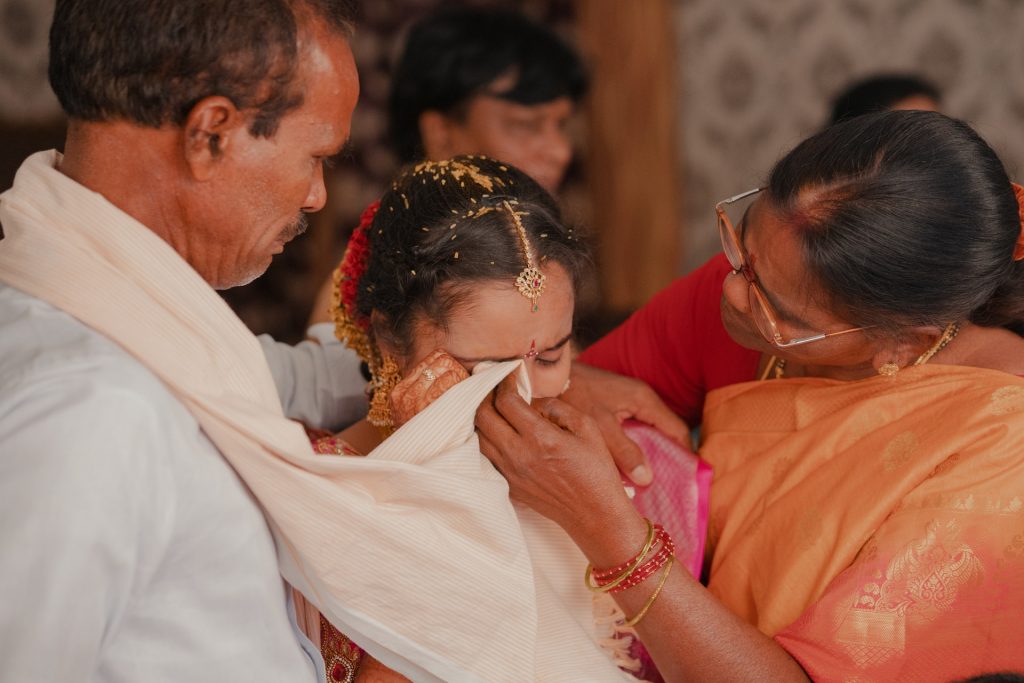
Gruhapravesham:
Another one of the fun Lingayat marriage customs, the bride is welcomed into the groom’s house. The groom’s mother performs an arti to usher them inside. The bride kicks a copper pot filled with rice grains to enter the house. The bride is said to bring prosperity and happiness into the house.
Bride’s House:
The next day, the bride and the groom come back to the bride’s parent’s home for a warm welcome and delicious food. The couples stay for the day and return to the groom’s house the next day.
Wedding Reception:
To conclude, the groom’s family holds a wedding reception for the couple so that the bride is introduced to new family members and friends.
Lingayat Marriage Customs
To summarize, these are the normal wedding rituals, traditions, and customs that you can see when you attend a typical Lingayat wedding. These simple customs and rituals have deep meaning for the community. The customs are followed diligently with no compromises and this is why Lingayat marriages are a traditional affair.
The pre-marriage and post-marriage rituals are as important as the marriage rituals. Just like every community in India, horoscope matching is carried out for a long and happy marriage. Furthermore, the Ligayat wedding feast is delightful and you will be treated to numerous South Indian delicacies.




